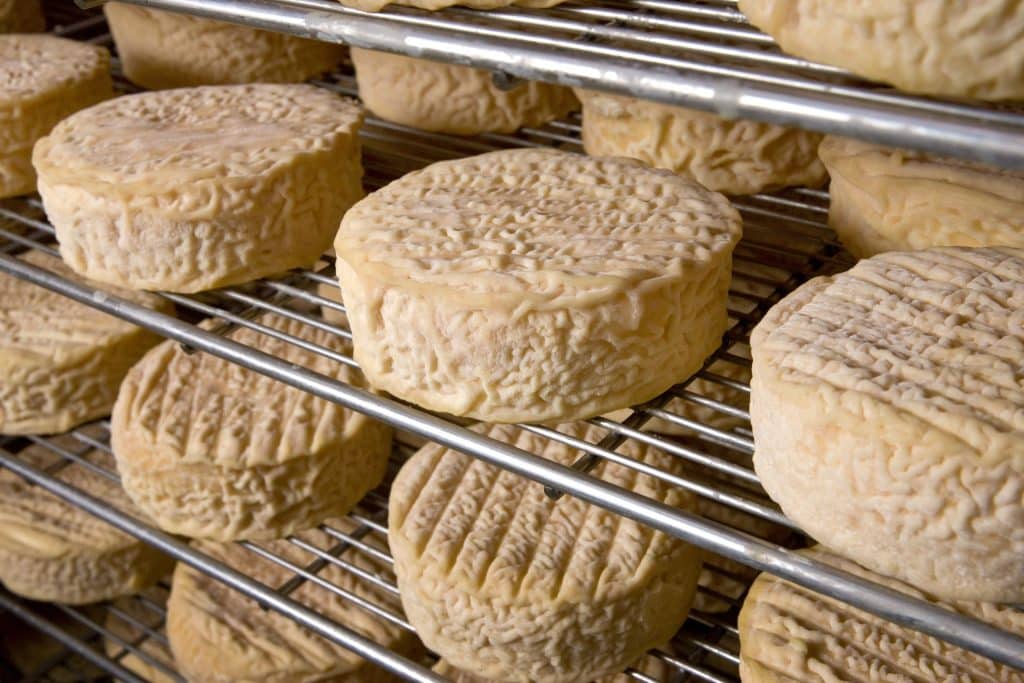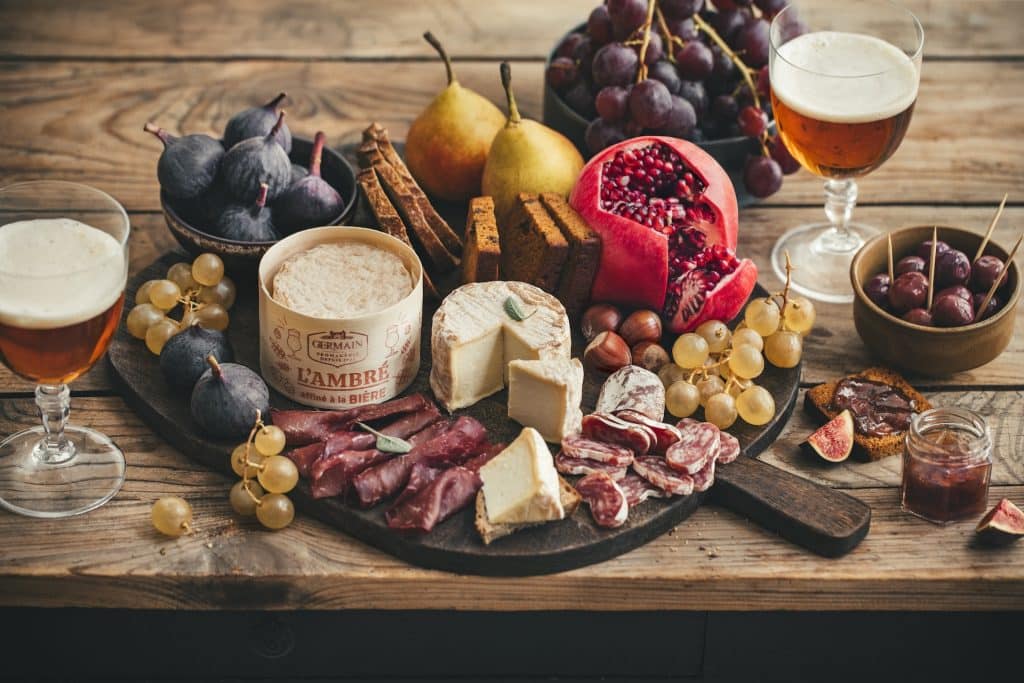Why Do We Talk About Cheese Seasonality ?
Think back to elementary school lessons: seasonal cycles determine climate and vegetation conditions. As a result, these natural factors directly influence milk collection and quality, cheese production, its commercialization, and finally its consumption.
Let’s zoom in on three natural determining factors.
In Short, Let’s Talk About Climate
The climate and natural environment, such as soil minerals, affect the growth cycle and the type of flora present.
Climate variations throughout the year bring fresh grass, wild clover, or meadow flowers. Nature also provides periods with drier herbs, less dense foliage, and nitrogen-poorer vegetation. Consequently, what grazing animals eat, and the milk they produce, varies. Remember: different diet quality = different milk quality. Logical!
The climatic and environmental factor can be summed up as follows: different pastures, different tastes. For instance, in Corsica, sheep graze on the maquis with dry herbs, producing acidic milk, resulting in a Tomme cheese with more character. Thank you, Mother Nature!
Speaking of climate naturally brings us to microclimates.
Microclimates for Maximum Impact
Each region in France has specific climatic characteristics that directly influence cheese production. These microclimates, true natural signatures, determine not only milk quality but also cheesemaking and aging techniques.
Each cheese is a living ecosystem where temperature, humidity, and local environments orchestrate a complex microbial choreography. Seasonal variations create unique conditions that directly influence maturation and sensory characteristics. Let’s discover them without further ado.
Humidity: Architect of Molds
In summer, high humidity promotes the growth of:
- Penicillium candidum (bloomy rind of Camembert),
- Geotrichum candidum (creamy surfaces).
In winter, lower humidity changes growth:
- Less development of white molds,
- Slower, more irregular growth.
Temperature: Bacterial Conductor
Spring: 10-15°C
- Proliferation of lactic acid bacteria,
- Faster fermentation,
- Development of more vivid tastes.
Summer: 20-25°C
- Acceleration of maturation processes,
- Growth of more aggressive bacteria.
Winter: 0-5°C
- Slowed bacterial activity,
- Slower aging.
These multiple parameters make each cheese a unique product, a true imprint of its territory and seasons.
There’s still one major natural determinant: the animal, without which no cheese would exist.
The Animal and Its Feeding Habits
You’ve understood correctly: the rhythm of seasons directly influences milk production and quality, the cornerstone of all cheeses. Indeed, the diet of cows, sheep, or goats varies considerably throughout the year: lush pastures in spring, dry hay in winter, resulting in milk that’s less rich, aromatic, fatty, and flavorful depending on the period.
Besides diet, two other natural factors affect cheese seasonality:
- During birthing periods, milk is primarily reserved for offspring,
- Milk availability isn’t unlimited; daily milking yields differ between morning and evening.
💡Germain’s Tip
But what do dairy cows actually eat ? They are usually found grazing in rich lowland pastures, lush valleys, and sunny mountain meadows.
In winter, dairy farmers shelter their herds and switch to a compact diet of hay and grains. This change in feed results in milk with different nutritional qualities




